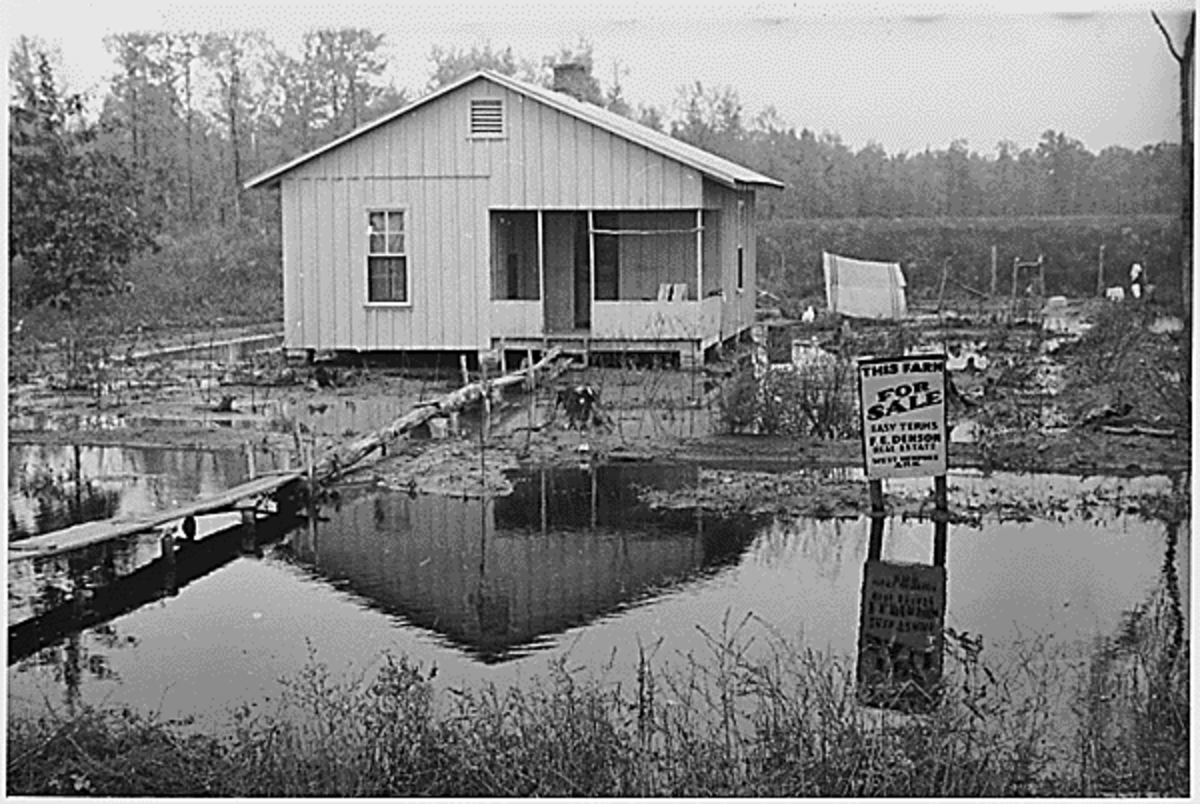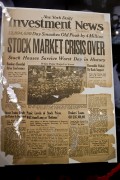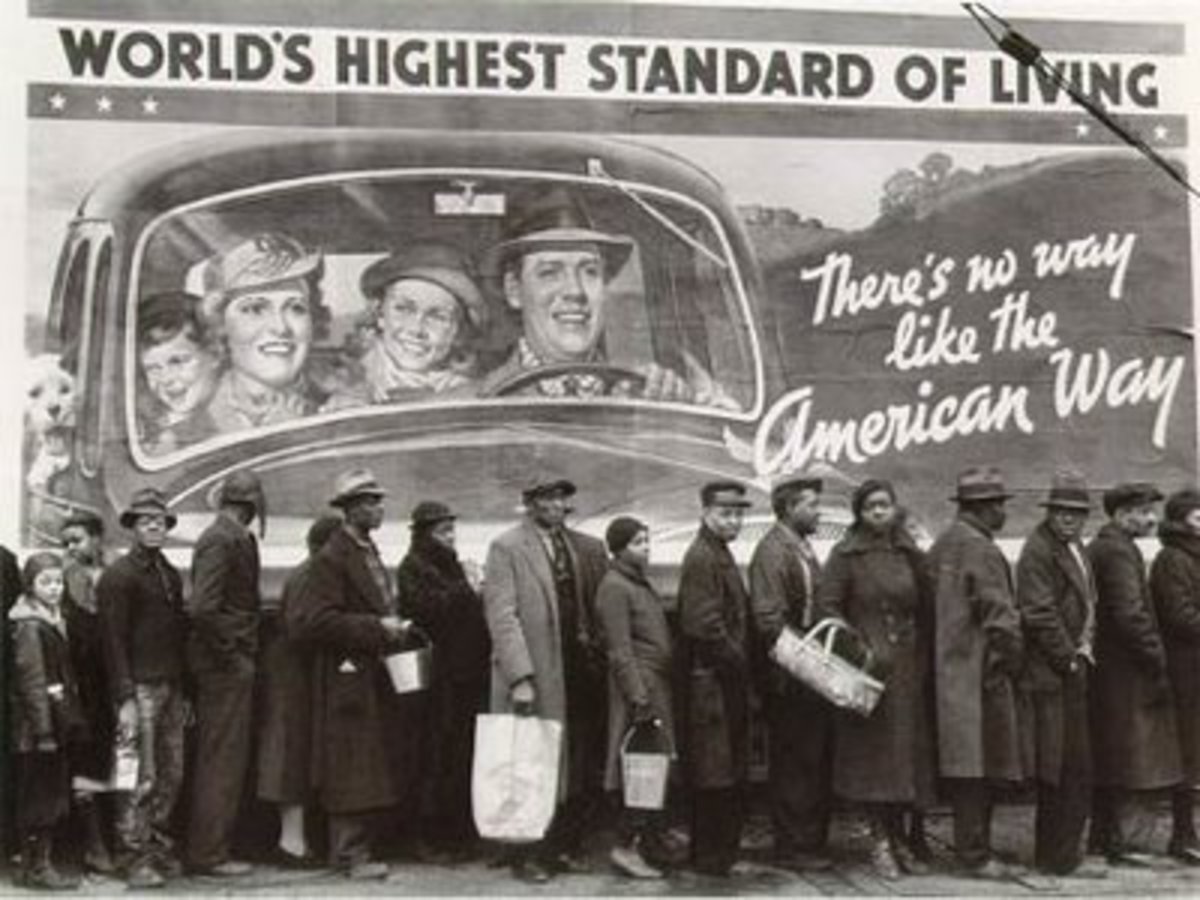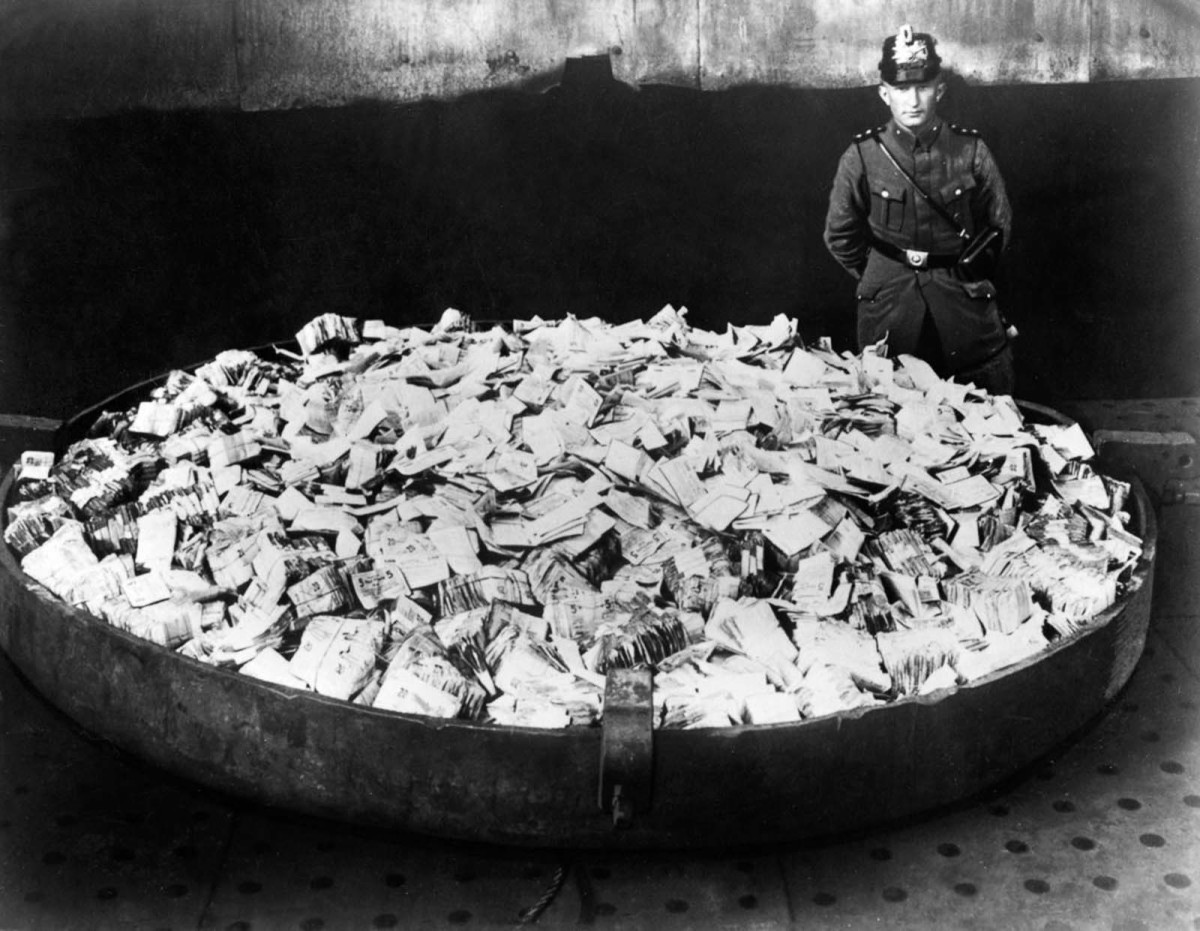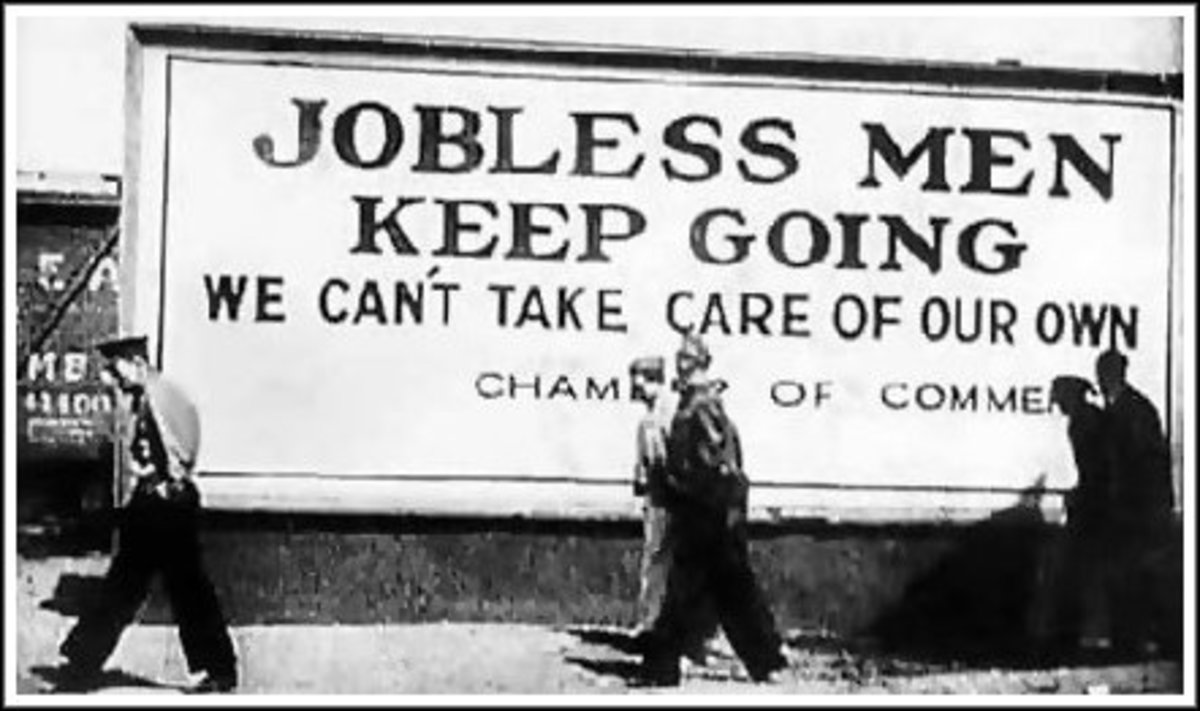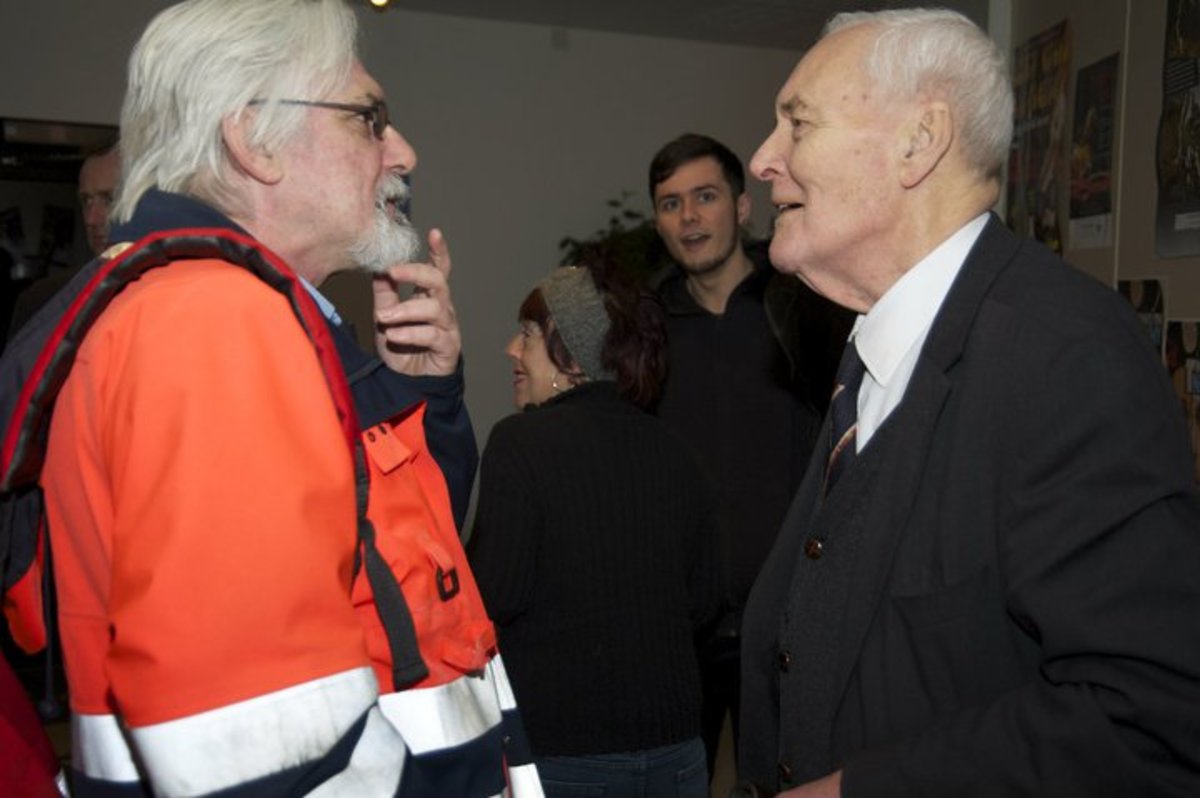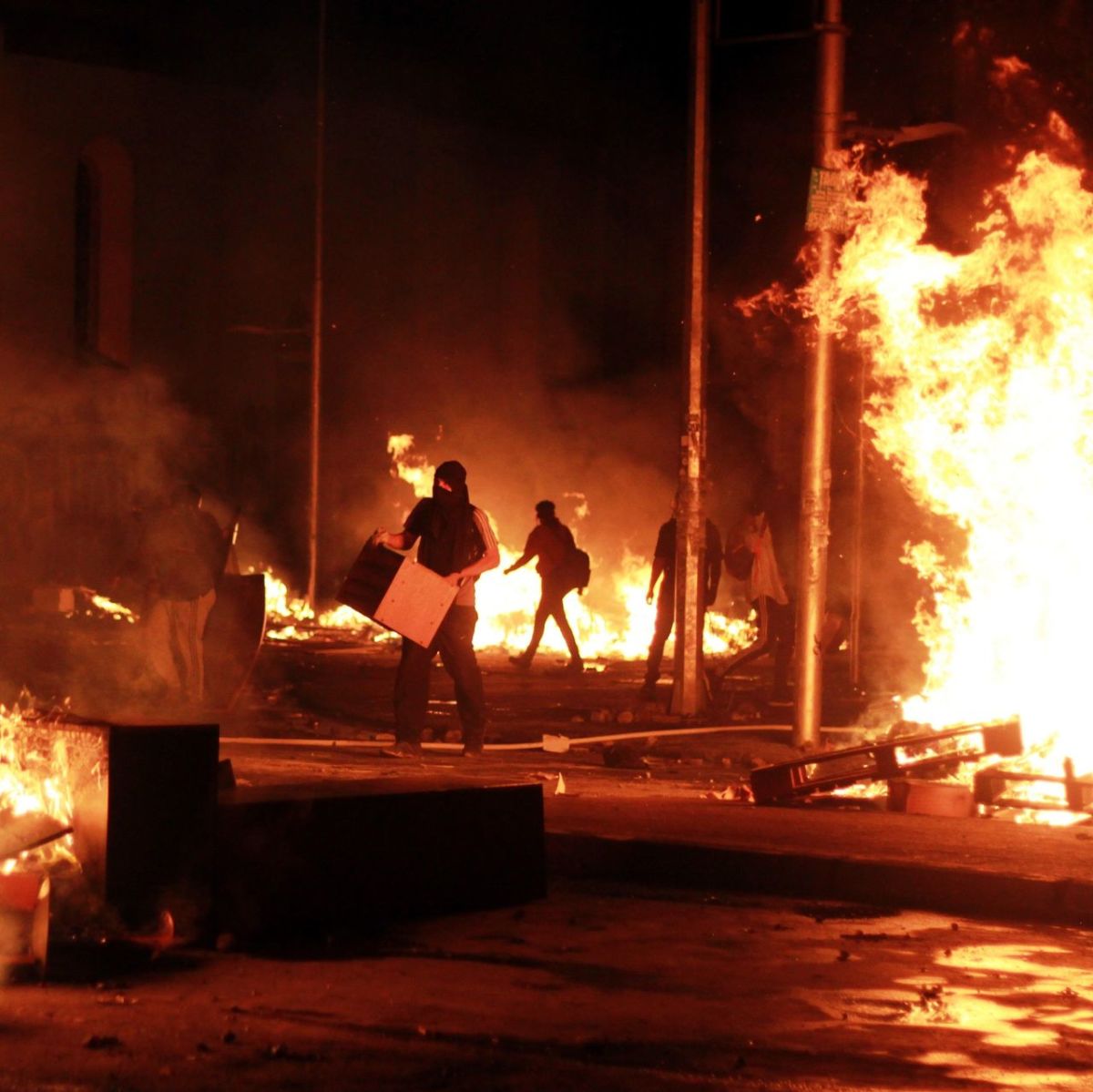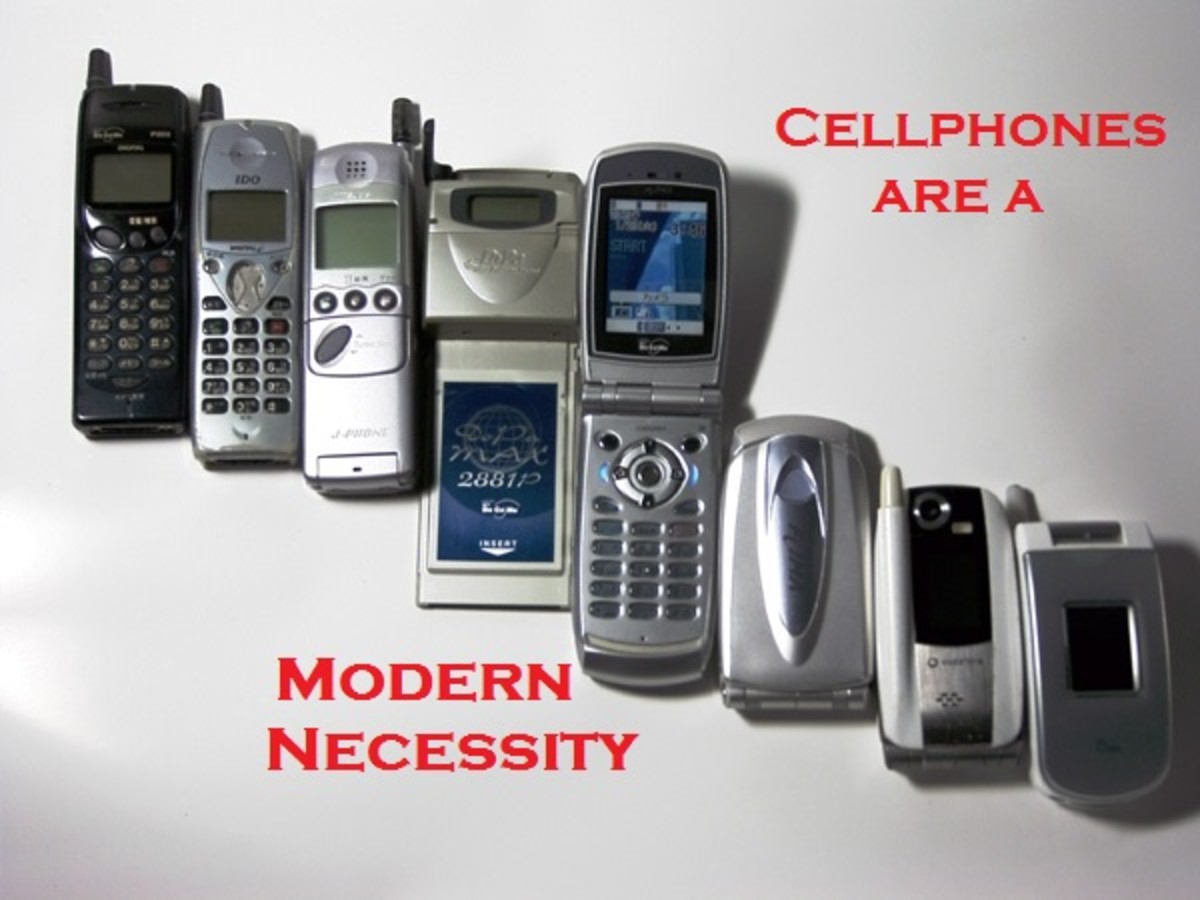Occupation: 1930s and 2010s
Occupations; Then and Now.
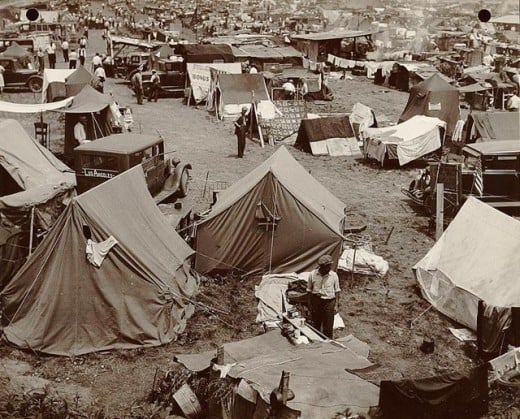
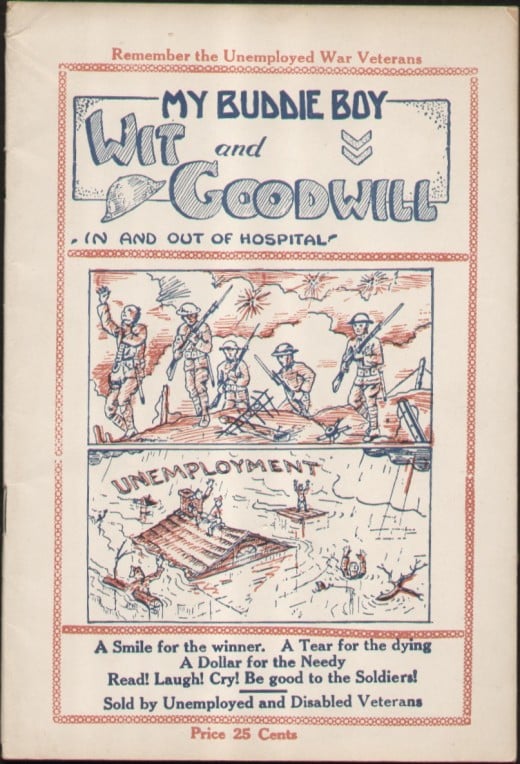
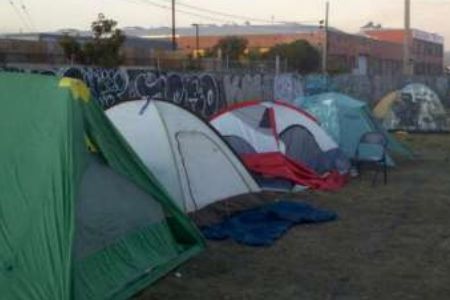
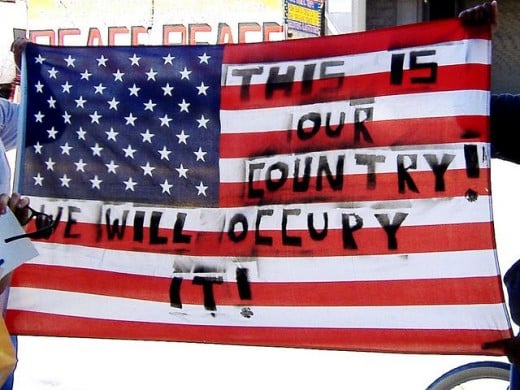
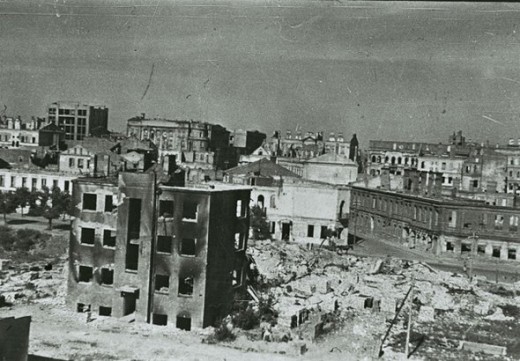
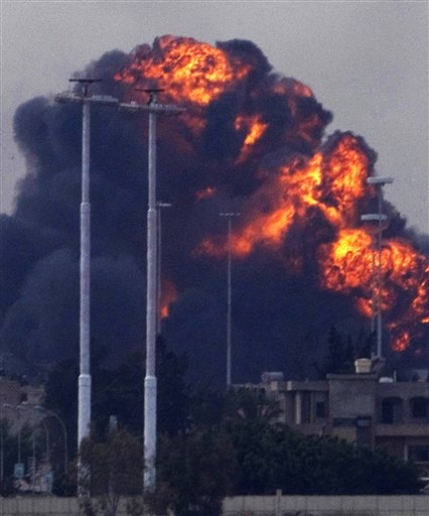
Repetitions of history
In a period of around 80 years, the same cycles are repeating themselves around the world. These cycles are the economic crashes of 1929 and 2008-09, the subsequent explosion in unemployment of 1930 to 33 and 2009-11, the hobo camps of 1932 and the occupation movement of 2011-12. In the same 1929-30 period we saw the massive speculation of the stock market and the riches made by a few that correlate with the same type of event 80 years later, both of which were deregulated. Here we have two closely matched cycles of history with a plenitude of similarity. What then can we learn from the earlier period that can be applied to the contemporary so that we do not fail to learn from history and thus avoid repeating it. We begin by looking at the events from 1929 through to 1933.
The 1920s were a heady and giddy period where film was making a debut, there was prohibition, art neveau, a seemingly endless increase of wealth with plenty of stock market speculation. It was the post WWI boom with the subsequent development of a huge financial bubble that suddenly broke in October of 1929. It was in the seventh month of Herbert Hoover's presidency that chaos broke out in the stock market that was to lead to huge numbers of unemployed, the collapse of the grain belt, foreclosures of hundreds of thousands of homes and farmsteads across the US and Canada. It took the entire term of his presidency to attempt to gain order out of the ensuing post crash chaos. Many farms fell under the auctioneers gavel while the former farmers were driven out to become migrant workers and farmers. Similar effects were felt across Europe with Germany being the hardest hit. Germany was under the punitive yoke of the Versailles Treaty after having effectively lost the First World War. People in the millions lost jobs in all of the developed world and had no safety net upon which to fall. They fell into a mass depression and many former workers, even many teenagers took to riding the rails, taking up residence in numerous hobo camps. These people were often set upon by vigilantes from nearby towns within their own camps and by railway security when moving about on freight trains. In the period of 1932-33, the “bonus army” set up across the river from the capital and were brutally driven out by the army headed by MacArthur on orders from the Congress and president. This large encampment was the occupation movement of the day where WWI vets sought to get their army pensions early to relieve the intense poverty and starvation they endured during the depth of the great depression. Hobos occupied camps all across the country and rode the rails in search of the elusive job opportunities. Out of this was born the unscrupulous and exploitative work camps set up near agricultural regions like in California. Government managed work camps that sprung up later in the New Deal program of Roosevelt, focused on infrastructure and parkland improvement.
The depression hit the US and Europe hard, but it was milder in Asia and in South America. During the more recent post 2008 event, we saw almost the same pattern, with the US and Europe being hard hit, China, India, Japan and Brazil seeing milder events and in some cases, expanding while the US and Europe contracted due to housing and debt collapses. The similarities do not end there. With the collapse of the housing mortgage market, millions in cities and farms lost everything to the banks. Tens of millions lost jobs and became homeless, setting up massive tent cities in some places. In the course of 2011, the occupation movement, similar to the bonus army occupation, sprung up in about 1,500 locations in much of the developed world. Now as in the past, vigilantes and police set against the encampments to get them to move along, subject to arrest if they resisted. In some parts of the world, such as the Arab Spring in late 2010, early 2011, unarmed protestors were shot and killed by police, security and military forces. This unrest with all the killings is still going on in places like Syria (2011) and now Nigeria (2012).
In the 1930s, many transient unemployed eventually wound up in work camps in a “New Deal” make work project that concentrated on infrastructure and park improvement. Newly migrant farm workers wound up working in places like the greenbelt of California as cheap hired labour. Both the US and Canada boasted work camps and in Canada at least, the conditions were terrible and inspired a march on Ottawa that was brutally repressed in Regina in 1935. There is talk by Canadian occupation movements to do a march on Ottawa for the Spring and summer of 2012. For the current period, there has been virtually endless talk of private for profit prisons and FEMA work camps to place people and get them to work. As in the 1930s, the description is of extreme hard work for little wages on make work projects such as infrastructure and agricultural improvements. Work camps are nothing new and have functioned in a variety of ways throughout the 19th, 20th and now 21st centuries. They have housed “threats” such as the Japanese and Germans from 1942 to 45 and the unemployed during the depths of the great depression. Many of these “temporary” camps still exist and new ones have been built.
1932 - 1933 Bonus Army Occupation
During the great depression, movements that gained strength were the communist party, the Ku Klux Klan and the Mafia for different reasons. A strong anti-minority climate existed in that era. Today, in the midst of confusion, there is an emerging occupation movement that for the most part, does not have a defined leadership over all, though regionally, there are links the the communist party and the Tea Party. There is also a strong anti-immigrant policy in the US and and anti-gypsy action going on in France and Europe. In the Arab world, the trend appears to be leaning toward Islamist leaders of various types, which are now falling under increasing attack due to lack of change like more employment. In many places, the movement has not settled and civil war still threatens or is ongoing. In America, the occupation movement is still agitating in many regions and there is police repression going on as well according to reports that come through various venues except through the main media corporations.
In the 1930s, the world was in a state of chaos with many economic woes. Out of this grew an increasing militarization in Germany, Italy and Spain. This was to start of with Nazis appropriating regions starting from the Reinland, the Rhur and on to Austria, Czechoslovakia and other countries, finally triggering WWII when Poland was invaded in Sept. of 1939. A similar thing is unfolding as we see the US and UK via the UN invading Libya and now appearing to set up a similar scenario for Syria and Iran. Iraq, Afghanistan and Pakistan are already under various levels of US and UK projected military occupation.
Also, during the 1930s, trade wars commenced and embargoes against alien enemies in the form of competition in other countries intensified. This was particularly true of US - Japan relations as well as US and UK – USSR relations. Though on the surface, it appeared that there was resistance to the Nazis, they actually received plenty of covert investment and backing as a buffer against the USSR. It is perhaps this single fact that explains why it took so long to declare war on Germany despite the many provocations between 1933 and 1939. In the current period, we see a build up of sanctions against Iran, now that the Libya question has been settled. The embargoes and sanctions include such things as the freezing of Iranian assets, the refusal of Iran to accept US dollars, the war games in the Strait of Hormuz and the polarization between the US - UK and Iran - China – Russia. Form what we see in the 1930s leading to WWII, a similar pattern is emerging for the current period with the possibility of a new major war centered on Iran as the flash point.
The lesson it appears is one of economic manipulation that causes a huge shift in wealth out of the hands of working and middle class people and into the hands of the market speculators and oligarchs. This causes a collapse of the economy for the working and middle class people and a resulting massive unemployment, homelessness and hunger. From this springs movements of protest that are usually brutally suppressed. Many are arrested and interred in some prison like setting and put into make work projects either in a closed shop or a chain gang setting managed at gun-point. At some point as the speculators look for new investment opportunities, trade wars ensue between countries. Often, the access to resources are at the bottom of the troubles. The generation of the 1930s is now mostly dead or extremely old. The lessons they learned have for the most part, not been passed on and have vanished, retained only in the pages of dusty tomes that few read. We are at the brink of a new major global war with major implications for everyone on the planet. The occupation movement is still very much in disarray and appears to lack a solid and informed broad based consensus. Each one has its own local agenda and leadership of some form, some seeking to align with existing political parties and others seeking to form an independent political party structure. If the occupation movement is to avoid becoming another unwitting repeater of history as has happened in many past mass protest gatherings, the membership needs to learn the lessons of past history and to see how many patterns are repeating now. Then they need to resolve to break the cycle of repetition, especially as we teeter dangerously close to perhaps the most ruinous war in the sum of history.
The Attack on the Bonus Army
Beginnings of the modern occupation in the US
in the 1930s there was a successful Swedish occupation
- NewsParticipation » Blog Archive » How Swedes and Norwegians Broke the Power of
While many of us are working to ensure that the Occupy movement will have a lasting impact, it’s worthwhile to consider other countries where masses of people succeeded in nonviolently bringing about a high degree of democracy and economic justice. - How Swedes And Norwegians Broke The Power Of The ‘1 Percent’
A history lesson? Indeed: especially if we learn the lesson and avoid making repetitive mistakes.
The Rambler's 1932 Occupation over Trespass Laws.
- BBC News - Historic rambler protest marked 80 years on
Several of those present at the event on the Kinder Scout, in Derbyshire, were jailed for their actions but the event is widely hailed as the most significant in the battle for the right to roam.

